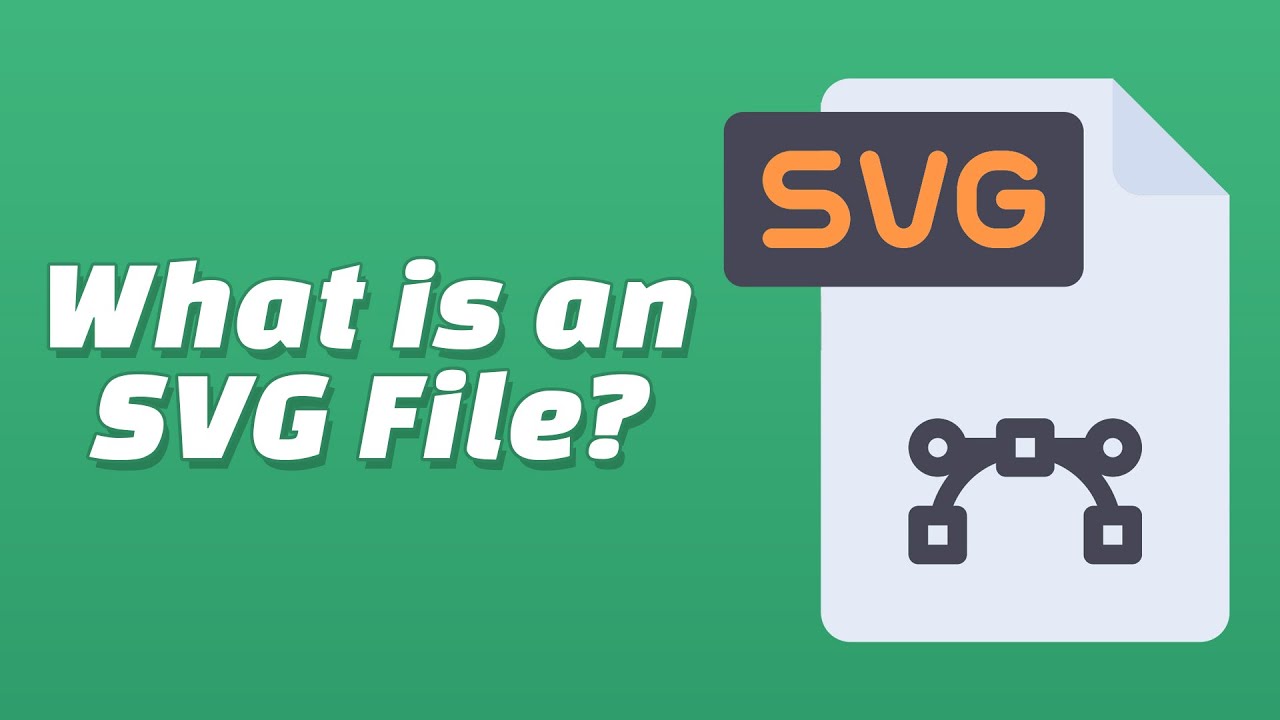What is SVG

Scalable Vector Graphics, commonly abbreviated as SVG, stand as a cornerstone in modern web development, revolutionizing the way we create and present graphics on the internet. Unlike raster images that rely on pixels, SVG employs vector graphics, which are defined by mathematical equations, allowing for infinitely scalable, high-quality graphics that remain crisp and clear regardless of the display size. In this article, we delve deep into the intricacies of SVG, exploring its features, advantages, applications, and future prospects.
Table of Contents
ToggleIntroduction to SVG:
Scalable Vector Graphics, introduced in 2001 by the World Wide Web Consortium (W3C), have emerged as a widely adopted standard for representing graphics on the web. SVG files are XML-based, making them both human-readable and machine-understandable. This format offers several advantages over traditional image formats like JPEG or PNG, particularly in terms of scalability, responsiveness, and accessibility.
Understanding Vector Graphics:
Vector graphics are composed of geometric shapes such as lines, curves, and polygons, defined by mathematical equations rather than pixels. This fundamental difference enables SVG images to be scaled to any size without losing clarity or sharpness. Each element in an SVG file is described using XML tags, specifying its position, size, color, and other attributes.
Features of SVG:
- Scalability: SVG images can be scaled up or down without loss of quality, making them ideal for responsive web design.
- Interactivity: SVG supports various interactive elements like hyperlinks, tooltips, and animations, enhancing user engagement.
- Accessibility: Being text-based, SVG files can be easily indexed by search engines and interpreted by screen readers, improving accessibility for visually impaired users.
- Compactness: SVG files are typically smaller in size compared to raster images, resulting in faster loading times and reduced bandwidth consumption.
- Support for Filters and Effects: SVG offers built-in support for filters, gradients, and other effects, allowing for rich visual enhancements.
- Animation: SVG supports animation through CSS or JavaScript, enabling the creation of dynamic and visually appealing graphics.
Advantages of SVG:
- Resolution Independence: SVG graphics look sharp on any device or screen resolution, from mobile phones to high-resolution displays.
- File Size Efficiency: SVG files are lightweight and can be compressed further without sacrificing quality, leading to faster load times.
- Editing Flexibility: SVG images can be easily edited and manipulated using various software tools, allowing for seamless integration into design workflows.
- SEO Benefits: Since SVG content is readable by search engines, including SVG images can positively impact search engine optimization efforts.
- Cross-Browser Compatibility: Most modern web browsers support SVG natively, ensuring consistent rendering across different platforms and devices.
Applications of SVG:
- Iconography: SVG icons are widely used in web design for their scalability and flexibility, providing crisp visuals at any size.
- Data Visualization: SVG is employed in creating interactive charts, graphs, and maps that dynamically represent complex data.
- Animations: SVG animations are utilized in website banners, advertisements, and user interfaces to enhance visual appeal and user experience.
- Responsive Design: SVG plays a crucial role in responsive web design, allowing graphical elements to adapt seamlessly to various screen sizes.
- Logos and Branding: Many companies utilize SVG for their logos and branding assets, ensuring consistent presentation across different mediums.
Future Outlook:
As web technologies continue to evolve, SVG is poised to play an even more significant role in shaping the future of web graphics. With ongoing advancements in browser support, performance optimization, and tooling, SVG will likely become even more prevalent in web design and development. Additionally, emerging trends such as augmented reality (AR) and virtual reality (VR) are expected to further expand the applications of SVG in immersive web experiences.
Conclusion:
Scalable Vector Graphics represent a paradigm shift in web graphics, offering unparalleled scalability, interactivity, and accessibility. As the demand for visually compelling and responsive web content grows, SVG stands out as a versatile and indispensable tool for designers and developers alike. By embracing SVG, businesses can create engaging user experiences, improve accessibility, and stay ahead in an increasingly competitive online landscape. As we look towards the future, SVG remains at the forefront of innovation, driving the evolution of web graphics towards greater heights of creativity and functionality.





